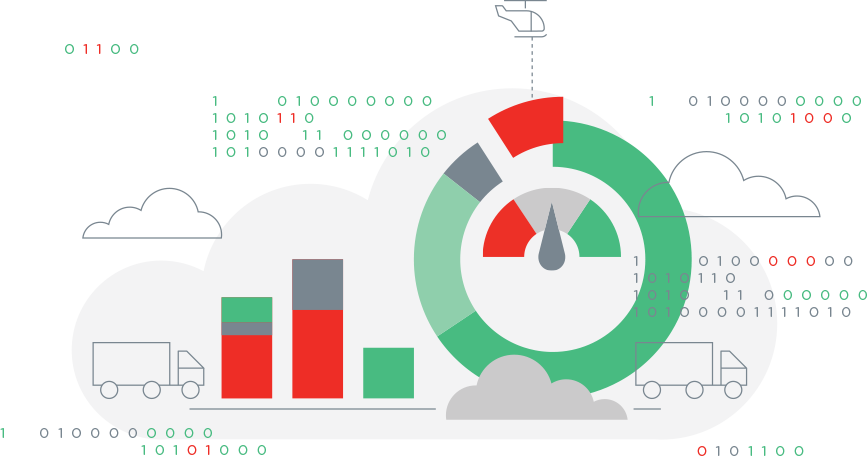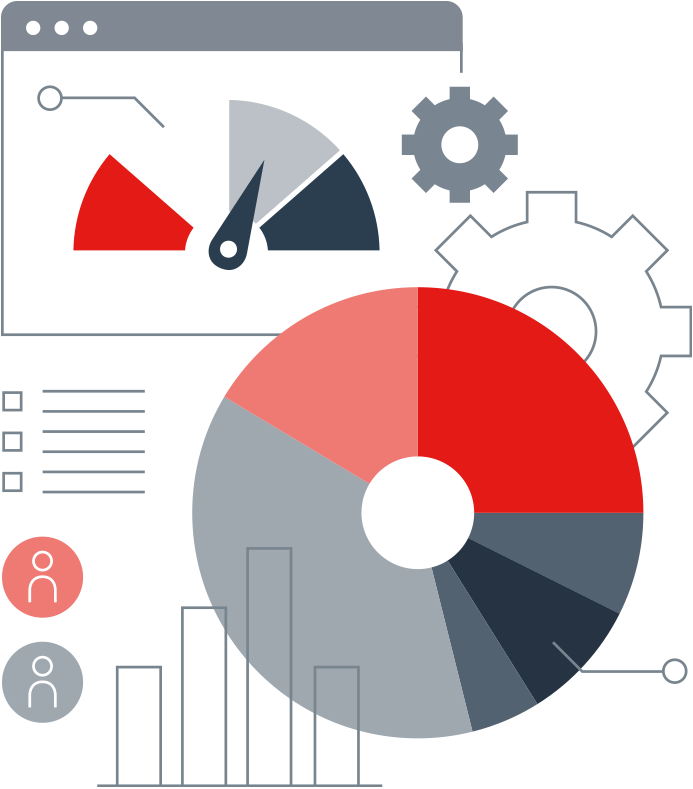Credit Score
The Creditsafe credit score calculates the probability of a company becoming insolvent in the next 12 months.
The company score is calculated using the most advanced statistical algorithms available. More than 150 parameters are taken into account, including economic and industrial factors, as well as historical data
Using a differentiation analysis, we have identified key data variables that are essential in predicting the probability of a company becoming insolvent within the next 12 months. These variables are then compared to our entire company database and an appropriate risk weighting is assigned to each variable through statistical analysis. By calculating these key variables, combined with the prevailing variables, we generate a credit score in every credit report for each individual company.
Credit Limit:
The Creditsafe recommended credit limit is calculated using information from a company's payment record and from the payment records of similar companies. The company credit limit is our recommendation of the total maximum amount of credit that should be outstanding at any one time.
We calculate a company's credit limits by examining its financial position in more detail. By analysing critical credit information fields in combination with the company's credit score, we can more accurately determine a credit limit decision.
These fields include:
- Net worth
- Working capital
- Net cash flow operations
- Accounts receivable & liquidity
- Turnover (if available)
When a company has a positive score and the above financial fields are all of high value, you can usually expect this company to have a good credit limit.
If these values are low (or negative), then the credit limit decision will reflect this. The above financial items are standard for credit assessment conditions.


